The Tradition of Masks in Indian Culture: An Anthropological Study of Majuli, Assam
"Masks are artificial faces worn for disguise, generally to assume and to frighten. They are often worn to conceal feelings and also as coverings to hide or protect the faces. They may be carved, moulded, or even woven objects, which are worn over the face or on the head. The chief motivation for making mask was probably to satisfy the magico-religious needs of the primitive people.
From time immemorial Assam has a thought provoking heritage of making and using masks. The masks, especially the bamboo split made masks, are integral to the Vaishnavism of Assam. The great saint Srimanta Sankaradeva (1449-1568) propagated Neo-Vaishnavism in North East India, which was a part of the larger pan-Indian resurgence of unflinching devotion (bhakti).
The Natun (new) Chamaguri Satra is a renowned Vaishnavite monastery of Majuli, which has a long and rich tradition of mask making. It is pertinent to note that Majuli is the nerve-centre of Assam’s Vaishnavism, where the eye-catching tradition of mask making is nourished in the four satras (Vaishnavite monasteries). The present volume has meticulously churned the heritage of the Natun Chamaguri Satra, and has shown the economic, social, cultural and religious significance of the masks as also a praiseworthy record of the available masks of the area."
Get it now and save 10%
BECOME A MEMBER

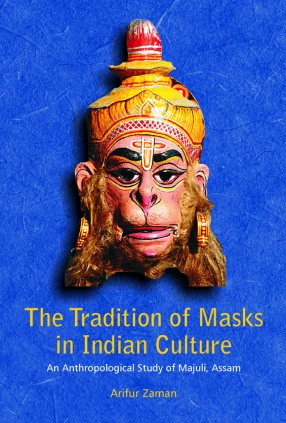
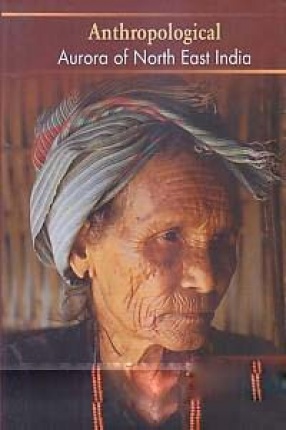
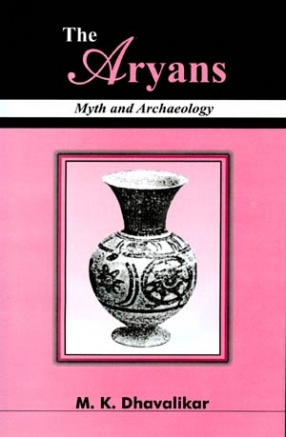
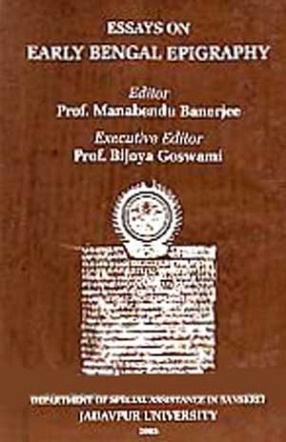
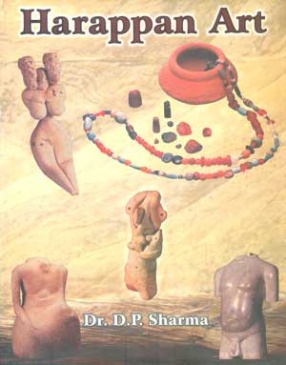


Bibliographic information